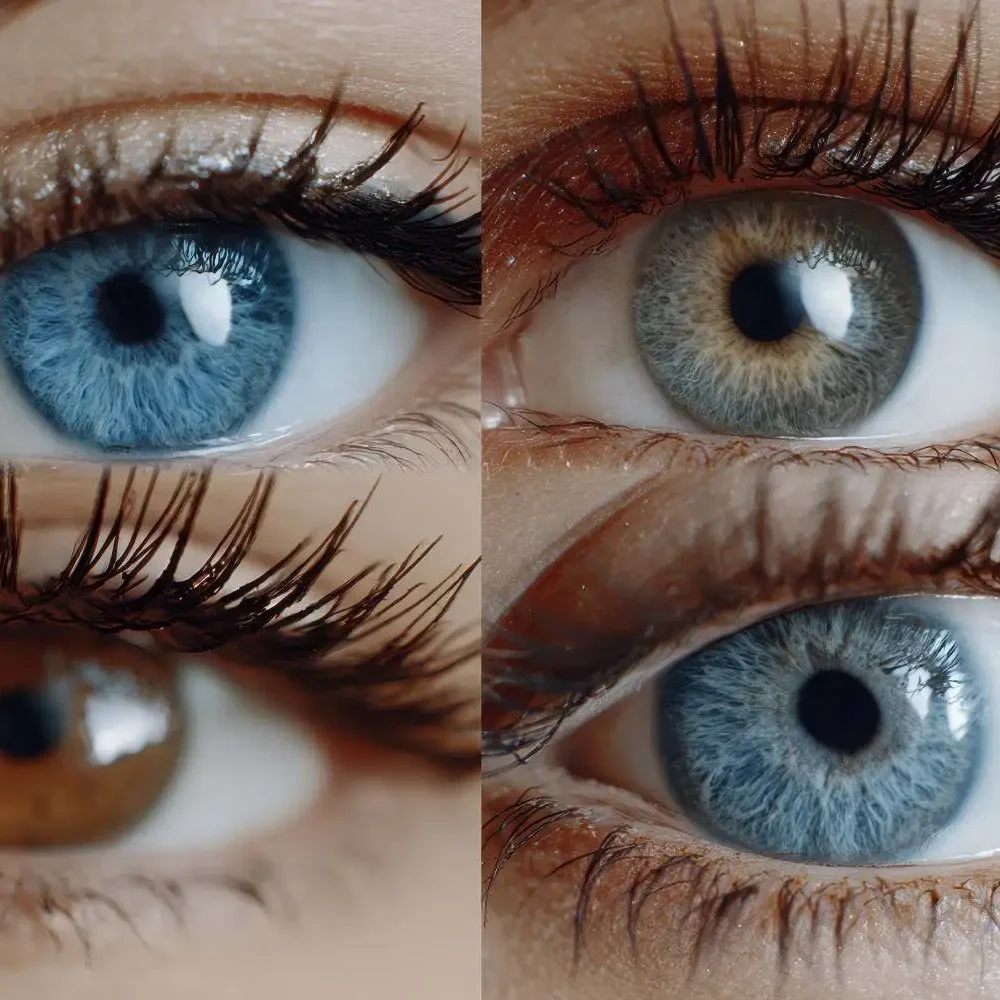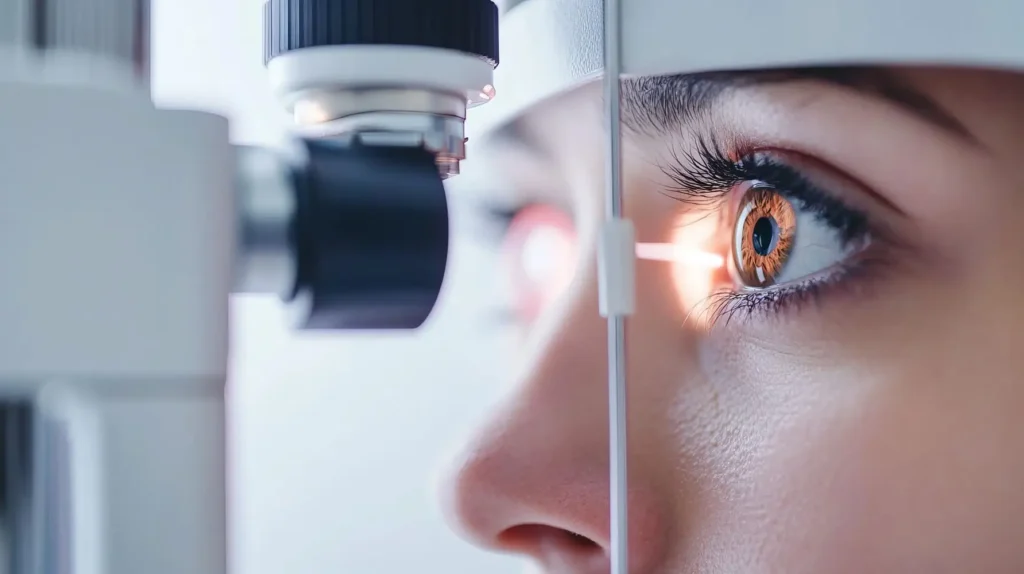
Last Updated on September 24, 2025 by Beth Skwarecki
Vision screening can be considered a fundamental component of proactive healthcare by acting as the first line of defense in identifying potential visual and systemic health issues before they escalate into significant problems. These non-invasive, efficient tests are designed to detect risk factors and abnormalities, prompting timely intervention with a qualified eye care professional. Early detection through routine vision screening is a cornerstone of preventive medicine, offering a cost-effective method to safeguard one of the most vital human senses.
Read on to learn why a vision screening device is a critical health tool today.
The Fundamental Role of Early Detection
The adage “prevention is better than cure” is profoundly applicable to ocular health. Many debilitating eye diseases, such as glaucoma, diabetic retinopathy, and age-related macular degeneration, develop gradually and present no noticeable symptoms in their initial stages. When an individual experiences blurred vision, pain, or other visual disturbances, irreversible damage may have already occurred.
Vision screening devices act as critical sentinels, identifying subtle warning signs like elevated intraocular pressure or visual field loss that warrant a comprehensive dilated eye examination. This early warning system allows ophthalmologists and optometrists to initiate treatment plans that can slow disease progression, preserve existing vision, and dramatically improve patient outcomes. This proactive approach is far superior to managing advanced, complex conditions.
Therefore, comprehensive information is available on reputable online resources for those seeking advanced and accessible screening solutions.
Beyond 20/20: A Window to Systemic Health
The value of a vision screening device transcends the measurement of visual acuity. The eyes provide a unique, non-invasive window into the body’s vascular and nervous systems. During a screening, abnormalities can reveal signs of systemic health issues beyond the eyes.
For instance, changes in the retinal blood vessels may indicate hypertension or diabetes. Optic nerve swelling can be a sign of increased intracranial pressure, potentially pointing to a brain tumor or other neurological concerns.
Certain patterns of eye movement or pupil response can also suggest neurological disorders. Therefore, a vision screening is not merely an ocular health tool. It’s a critical component of a holistic health assessment, often serving as the first indicator of serious underlying conditions that require immediate medical attention.
Enhancing Public Safety and Productivity
The implications of uncorrected vision problems extend into public safety and economic productivity. On the roads, good vision is non-negotiable for safe driving. Vision screening can help drivers meet the necessary visual standards for depth perception, peripheral awareness, and night vision, reducing the risk of accidents.
In the workplace, especially in fields requiring precision, prolonged computer use, or operating heavy machinery, visual fatigue and uncorrected refractive errors can lead to decreased productivity, increased error rates, and higher occupational injury risks. Regular screening in occupational health programs can help maintain a safe and efficient workforce by ensuring employees have the visual capacity to perform their duties effectively and safely.
The Critical Role in Pediatric Development
For children, vision screening is imperative for normal development. Approximately a huge percentage of learning is visual, and undiagnosed vision problems can severely impede a child’s academic performance, social integration, and overall cognitive development. Conditions like amblyopia (lazy eye) or strabismus (crossed eyes) are highly treatable if caught early in childhood but can lead to permanent vision loss if left unaddressed.
Since young children often can’t articulate their visual difficulties, school-based or pediatrician-administered vision screenings are essential for identifying those who need a full eye examination. This early intervention can set a child on a path to success in both the classroom and life.
Technological Advancements in Screening

Modern vision screening devices represent a significant leap forward from traditional eye charts. Today’s technology incorporates digital imaging, automated refraction, and telemedicine capabilities. These advancements allow for more accurate, objective, and comprehensive screenings.
Automated devices can quickly assess visual acuity, refractive error, pupil response, ocular alignment, and even estimate refractive error without requiring subjective feedback from the patient, which is particularly beneficial for young children or non-verbal individuals.
Furthermore, integrating data management systems allows for easy tracking of results over time, facilitating better long-term eye health care and monitoring. This technological evolution can make widespread, efficient, and reliable vision screening more accessible.
Key Takeaway
A vision screening device is far more than a simple tool for determining whether one needs glasses. It’s a critical health instrument that facilitates early detection of sight-threatening diseases, reveals indicators of systemic health conditions, enhances public and occupational safety, and secures healthy developmental trajectories for children.
By keeping the information mentioned above in mind, individuals can preserve their vision, protect overall health, and maintain a high quality of life for themselves and their communities alike.

Beth is Cloudmineinc’s senior health editor and a certified personal trainer. She has over 10 years experience as a science journalist and is the author of two books. She deadlifts over 315 lbs.